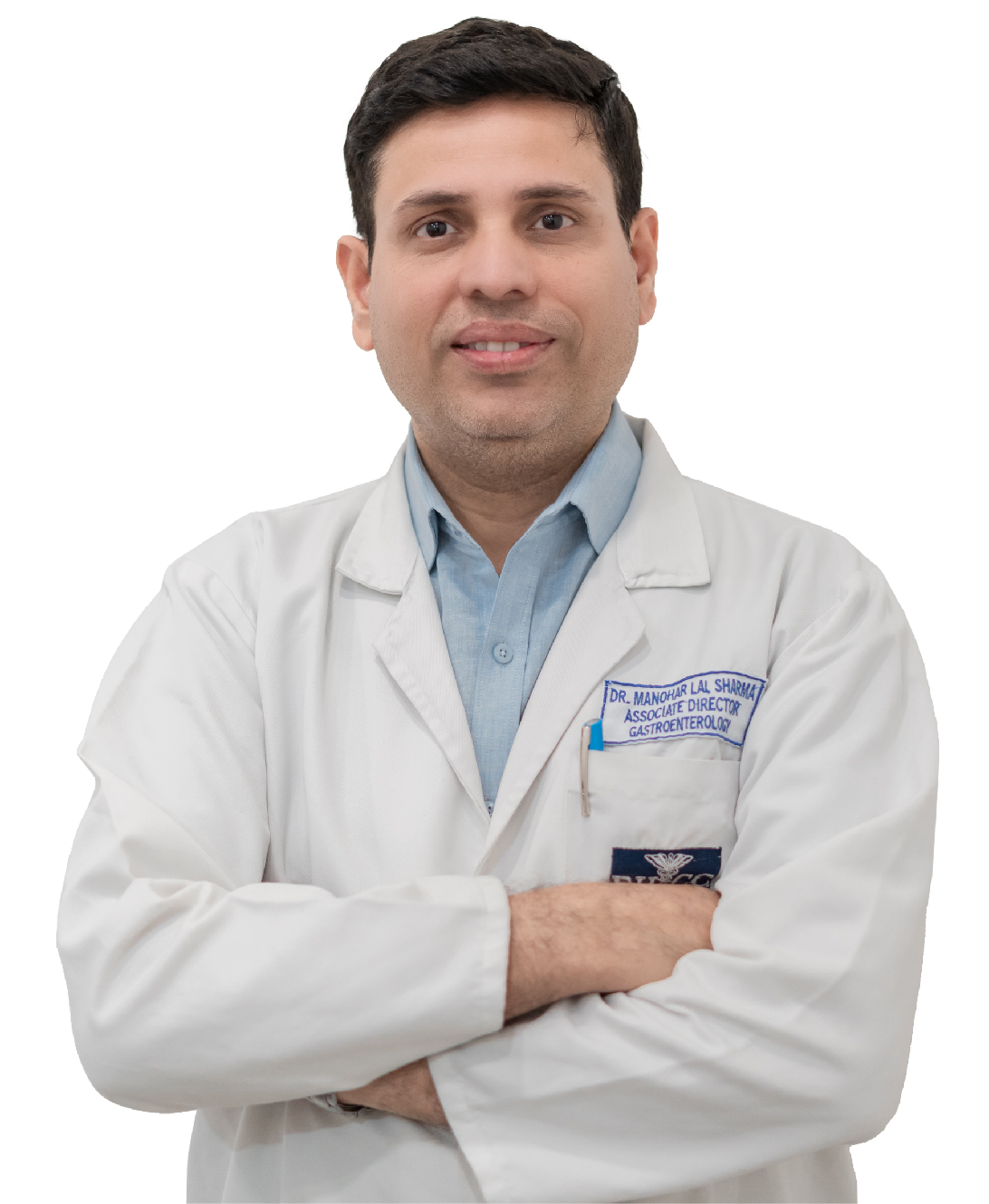Structure dilation, also referred to as oesophageal dilation, is a treatment modality that aims at dilating a narrowed or tightened section of the oesophagus. Strictures can disrupt the normal movement of food and fluids through the oesophagus, thereby giving rise to swallowing difficulties. One of the most common problems that have been associated with the increased risks of strictures is GERD or gastroesophageal reflux disease. Oesophageal strictures can either be benign or malignant. The former progress at a very slow pace, whereas the latter are comparatively aggressive.
Procedure
- The procedure is carried out under the influence of sedatives so that you will not feel any pain or discomfort.
- Your throat will be numbed using a local anaesthetic.
- In case the patient has GERD, medication will be given to control the production of acid so that it does not interfere with the procedure
- An endoscopic probe will be carefully inserted via your mouth and guided down your throat, into the oesophagus.
- The doctors may either use a balloon, which is inflated to open the narrowing, or use plastic or rubber dilators to stretch the same.
- In some cases, stents may be used to alleviate the risks of strictures in future.



